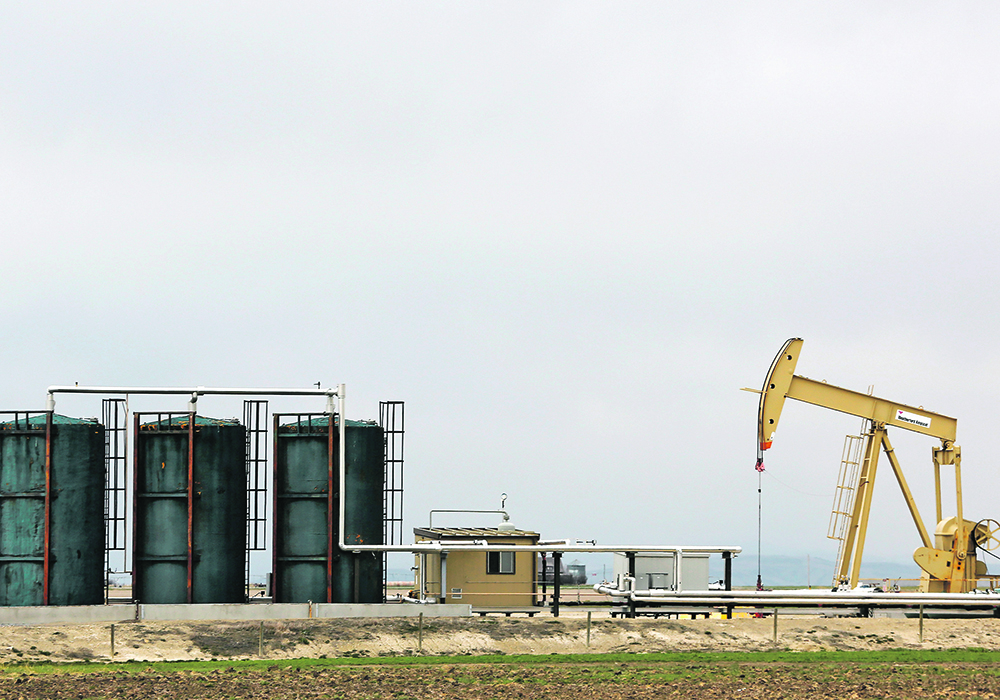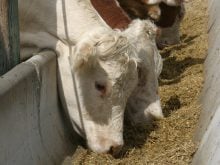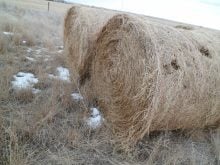Initiative will allow people and municipalities to suggest inactive well sites and infrastructure be closed and remediated
A new initiative under Alberta’s liability management program allows landowners, disposition holders, municipalities and First Nations to nominate wells on their land for closure at the expense of oil or gas companies.
The Closure Nomination Program will allow requesters to put forward well sites and infrastructure, excluding pipelines, that have been inactive for five or more years to be closed and the site remediated.
The program, which launched April 1, is managed by the Alberta Energy Regulator (AER).
A Western Producer interview request to the AER was declined.
Read Also

Trump’s tariffs take their toll on U.S. producers
U.S. farmers say Trump’s tariffs have been devastating for growers in that country.
“Once we have more information on how the program is being received and data on how many nominations we’ve received, then we’ll be in a better place to give a fuller interview,” the organization said in an emailed statement.
However, the AER provided some information based on written questions.
Regarding the target goal of the program for well site and facility remediation, “the actual number of nominations received will be driven by eligible requesters, so the AER cannot provide a specific estimate or target on how many sites will be closed through this process.”
The Closure Nomination Program is part of a wider oil and gas site Inventory Reduction Program, which has set a quota of $700 million to be spent by industry to clean up unused sites in 2023. That quota is forecast to rise to nearly a billion by 2027.
In a written response to how much of the $700 million the AER is forecasting to be spent through the Closure Nomination Program, the regulatory body responded, “there is no dollar value or target associated with the closure nomination process. However, any costs associated with closing a nominated site will count towards a company’s closure quota.”
During the first week since the launch, only one eligible entity has been posted on the closure nomination dashboard, a single Sequoia Resources well on land owned by Camrose County.
Sequoia filed for bankruptcy in March 2018 with a little more than $1.7 million in cash available against $244.5 million in claims by creditors, according to court documents.
Mark Dorin, vice-chair of the Polluter Pay Federation, is a critic of the AER and what he calls its inability to properly administer regulations and laws governing Alberta’s oil and gas industry.
Dorin said the criteria for closure nomination is simple enough and can be done through an online application, but AER “hasn’t got a clue.
“They have no idea about case law. No idea about procedural fairness. They can’t interpret their own statutes. They are an absolute disaster,” he said.
Regarding the situation with Camrose County’s Sequoia Resources well, because the company no longer functionally exists, the licensee is the company’s bankruptcy trustee.
Dorin stressed that conventional oil and gas operations in Alberta are coming to an end and landowners and stakeholders must solidify plans to deal with the left-over infrastructure before more companies go insolvent.
“Oil companies are all broke. Every last one,” he said, adding only a few of the larger operations, especially in the oilsands, are expected to survive.
“Landowners need to know it so they can … get their compensation now and get their lands cleaned up properly now before those guys are gone.”
Dorin said he supports well-run oil and gas operations that properly compensate farmers and ranchers for the loss of use of their lands but that has not been happening.
“There will be a revolt,” he said.
Dorin said the only legal recourse is for landowners to deny oil and gas companies access to their land to drill new wells.
“Stop signing agreements. When the oil company comes to you, you do not have to let them on your land. You just refuse. Then they have to go to the Surface Rights Board (currently known as the Land and Property Rights Tribunal) and landowners can make sure these cases will get all backed up,” he said.
A recent report by Alberta’s auditor general on liability management of oil and gas infrastructure found numerous shortcomings in how AER manages the issue.
The report found that despite the AER having a system to mitigate risks for the closure of oil and gas infrastructure, objectives for parts of the system including risk management practices, public accountability and timely closure of inactive sites were not being met.
















